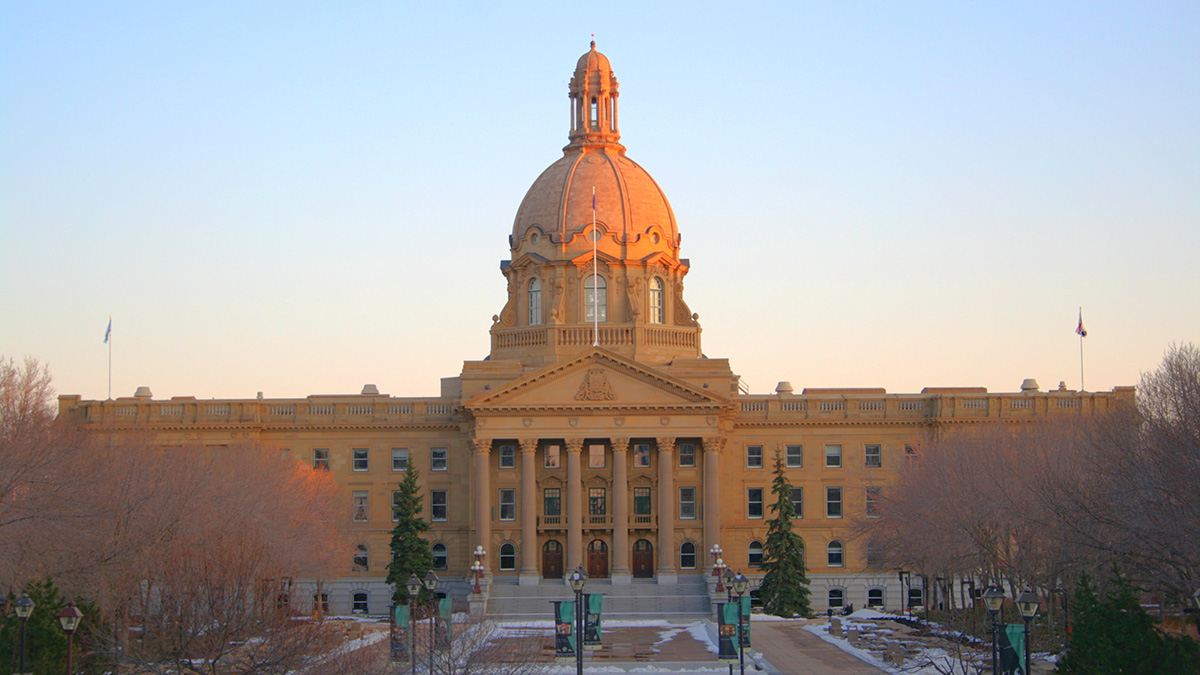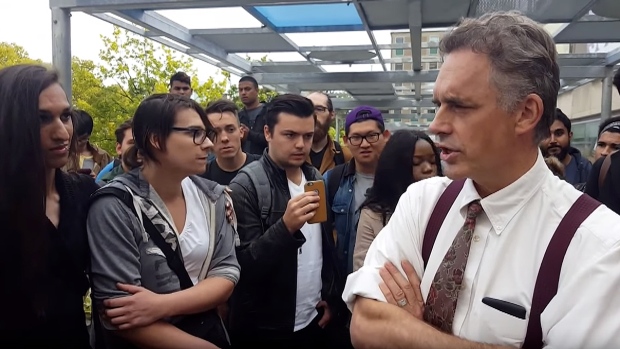Impending strikes across public schools in Alberta
The compounding factors behind the overwhelming support for the strike and what it could mean for Albertans.
 supplied
suppliedOn June 9, 36,862 Alberta teachers voted in favour of a strike. The association has 120 days to initiate a strike with a deadline of October 7. What will this impending strike mean for teachers, students and their parents?
Over the past couple of years, there has been a sharp increase in students per classroom. This increase has furthered the workload expectations of teachers. This leads to more frequent burnout and lower faculty retention. It has also created an environment less conducive to meeting the particular educational needs of each student. Many students are being left behind.
Schools and classes in Alberta have reached their absolute capacity. Some schools like Lillian Osborne High School, which is in the deep south-west side of Edmonton, hit 100 per cent capacity for the 2023–2024 school year. To further illustrate this overcrowding of students, take, for instance, this data from Edmonton Public Schools. The recommended average class size as per the Alberta Commission on Learning (ACOL) for high school level classes is 27 students. The average number for the 2023–24 school year was 28.3. The highest reported number was 56 students in one class. This extreme influx of students per classroom has exacerbated the unmet needs of students in Alberta. Conveniently enough, in 2019, when this extreme classroom growth became the norm in Alberta, the Government of Alberta stopped recording class sizes.
Growing class and school sizes have stretched student resources and teachers’ attention to their breaking points. As of a 2022 internal study conducted by the Alberta Teachers’ Association (ATA), 85 per cent of Alberta teachers have reported an increase in social/emotional, cognitive, and behavioural needs from the last school year. Additionally, more than 50 per cent of teachers report that the wait time for students seeking additional support (speech therapy, occupational therapy, and more) has been significantly lengthened. As a result, many students go without having their needs met. With time, these issues have been further exacerbated, especially with the academic aftermath of the pandemic.
All these factors materialize in the form of students with subpar educational experiences and unrealized academic potential. An unsatisfactory education system built on the perpetual drain of students and teachers alike is not only a drain on the individual, but on Alberta as a whole. Alberta once earned a reputation for top-notch education. Now it carries the label of having the lowest per-student funding in Canada.
Because of these issues, and many more, strikes loom in the air. Many people support workers but worry about what this will mean for students and their parents. When the strikes begin, parents will have to find other avenues of child-minding. With the increased cost of daily needs, the cost of childcare for the duration of the strike may be too much to financially bear for many. Many daycares in Alberta are already at a limited capacity or have extensive waitlists. These strikes will put many families in impossibly tough situations.
As for students, they will just yet again face another interruption to their education. But in the end, with the success of the collective bargaining, they will have a better educational experience. Hopefully, that will make it all worth it.
With the recent success of the Air Canada flight attendants’ strike, will we see a continued trend of the strengthening of Canadian unions, more satisfactory working conditions and government accountability? Or will Alberta once again hand teachers the short end of the stick? For the sake of our education system, our teachers, the students, and their families, I really hope for the former. Only time will tell.




